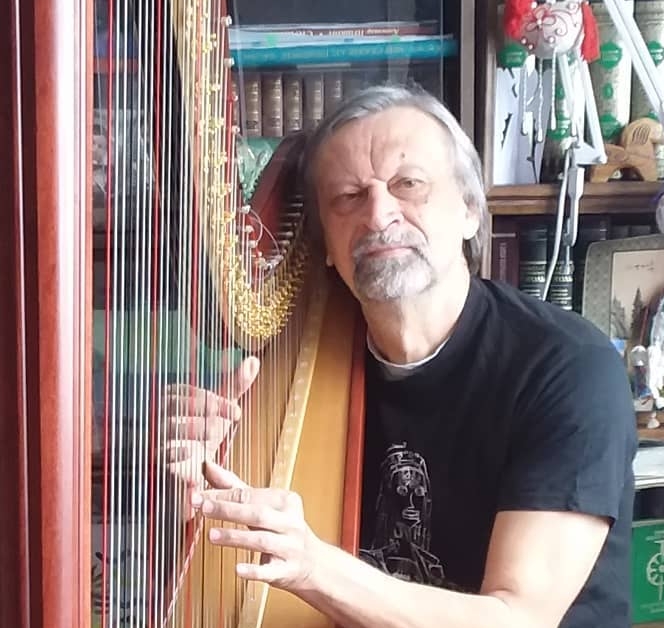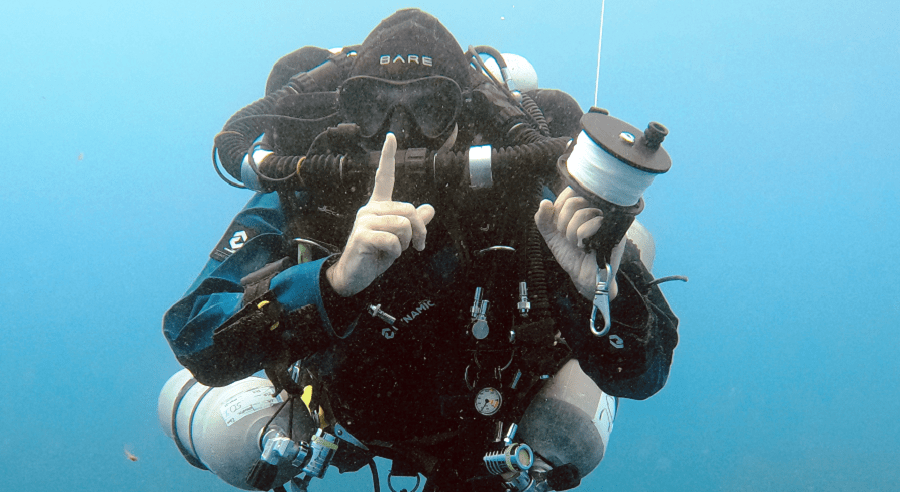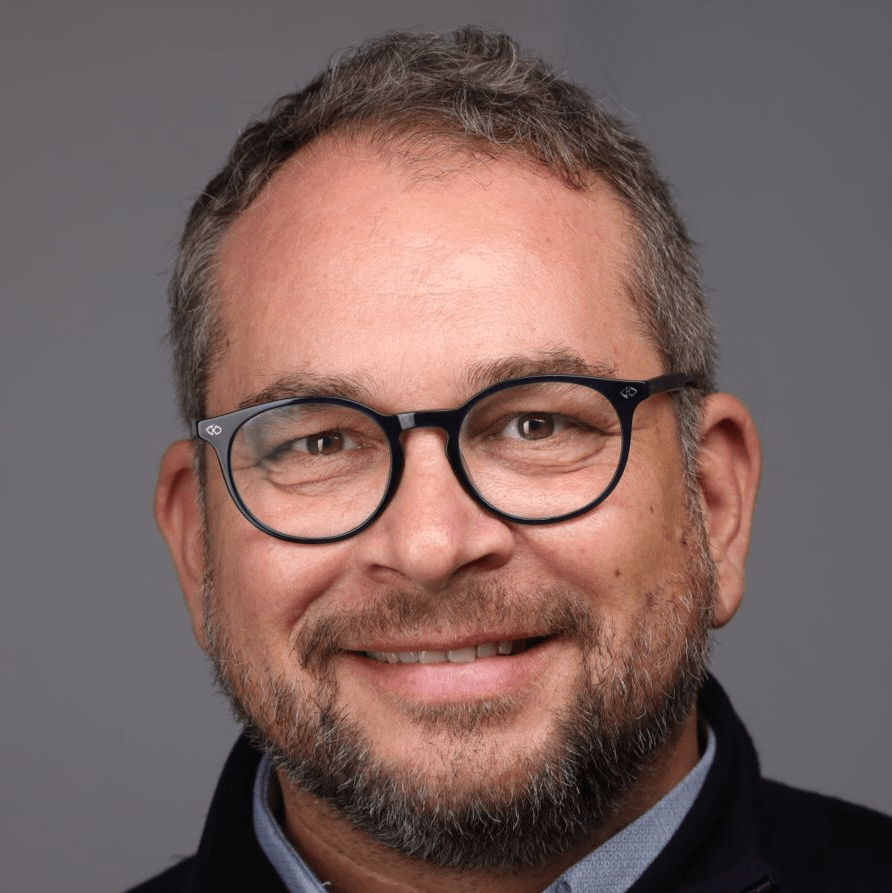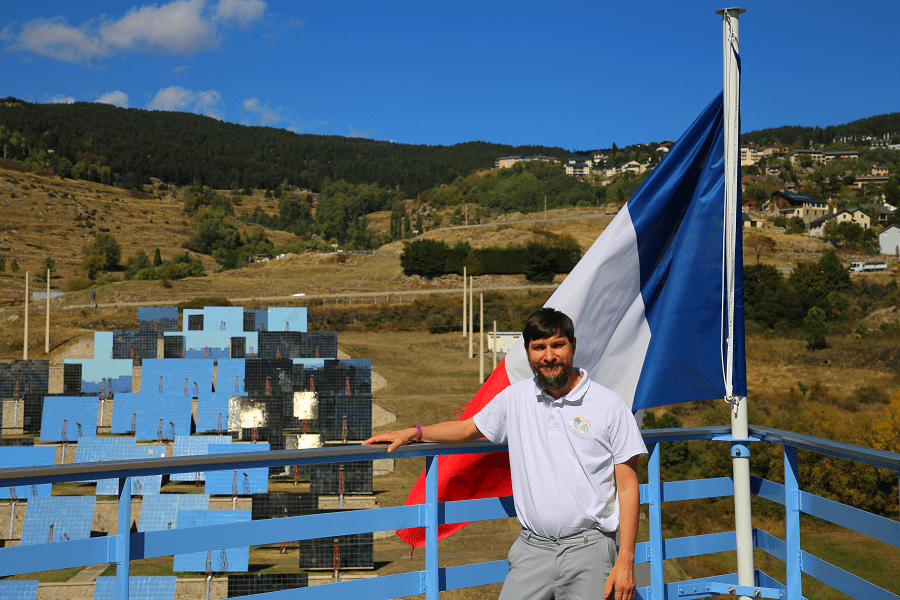
Yury Dmitrievich Nechipurenko – Doctor of Physics and Mathematics Sciences (2005).
Author of the “Biophysics of DNA” course for the Faculty of Physics of Moscow State University.
He is known under the Yuri Nechiporenko name in literature, he is a member of the Union of Writers (1991) and the Association of Art Critics (AIS), the author of more than a hundred stories, three novellas, a novel, more than several hundred articles.
Books translated into Greek, Chinese, Romanian, and Serbian. One of the founders of the “Black Hen” children’s writers creative association.Initiator of the All-Russian Festival of Children’s Books.
Laureate of the “Cherished Dream” award (2009), Alexei Tolstoy and Sergei Mikhalkov “Clouds” award (2011), “Living Literature” (2012) award, “Silver Delvig” winner (2012), Yasnaya Polyana Prize laureate (2013), and several literature awards, including Anne Frank (Macedonia). The stories were included in the essays lists for the Unified State Examination and are read on the “Book” radio and “Zvezda Radio”, performances based on fairy tales are staged in the studios of Moscow and Samara.
He is the editor-in-chief of the «Russian Life» internet review and «Electronic Pampas» magazine, the chairman of the Gazdanov Friends’ Society. He acted in the “Three Secrets of Gogol” (Ilya Ivanov director) and “The Cuckoo in the Crocodile Bay” (Ksenia Dragunskaya scriptwriter) films. He revived the Days of Archimedes holidays with coursemates at the Faculty of Physics of Moscow State University in 1978, created the FAVN club and the Poetry Club (Timur Semyonov is the Club Chairman), was one of the initiators of the “Dedication to Students” creation at the Faculty of Physics of Moscow State University.
On the one hand, you are engaged in biophysics, on the other hand, you write books for children. There are examples of a successful combination of a doctor and a writer profession (say, Chekhov and Bulgakov) in the history of Russian literature, one can recall Lewis Carroll a writer and mathematician in world literature, how do you feel in such a company?
Chekhov and Bulgakov were just starting as doctors, then they were involved in literature, but Lewis Carroll is just more interesting to me: after all, he accomplished a lot in his science, in mathematical logic. Nevertheless, Lomonosov serves as an example for me as the first scientist and the first poet of Russia. The combination was natural for him because the creative thinking basis is syncretism, the image and meaning unity.
Lomonosov strikes with the depth of his physical picture of the world, for example, in his “Morning” and “Evening” reflections odes…
I fully agree. There are two ways to describe the world: through images and with the help of models, mathematical models and artistic images complement each other. Interestingly, Lomonosov wrote down sometimes his scientific insights, not in the form of scientific articles, but the form of poetry. He even had a dispute in absentia with Benjamin Franklin about who discovered atmospheric electricity, in which Lomonosov could cite his poems as an argument. The poet and scientist had developed intuition, and he expressed very deep insights about the Sun composition at the mystical level, for example:
There, the waves of fire strive
And find no shore,
Flame whirlwinds are spinning,
Struggling for centuries;
Stones boil like water there,
The rains are burning there.
Young Gogol, a student of the Nezhinsky Lyceum, copied these lines into his notebook, Pushkin admired Lomonosov. And what is the value of Lomonosov’s idea about the various possible types of ether motion, from which he singled out “flowing, gyrating, and oscillating”. After all, this is a description of different types of molecules’ movement and vibration! I wrote two books for children about Lomonosov, that’s why I got a crush on him…
I am glad that the Moscow University Publishing House published my book «Helper to Tsars (Mikhail Lomonosov Life and Creations)» for the 300th anniversary of Lomonosov.
Acquaintance with your scientific publications demonstrated a fairly wide research range. What is your main research focus?
Since my thesis, I have been busy describing cooperative effects: when binding several antibiotics and dyes, small molecules with DNA, such effects were discovered in the works of my colleagues from the Institute of Molecular Biology named after Engelgardt of the Russian Academy of Sciences
More information about this original text. Such effects penetrate the whole world, they are observed in wildlife also, examples are the aggregates formed from proteins that work together in a cell and in inanimate nature (an example is ferromagnetism). To describe them, I developed models and derived equations that helped analyze the experimental data. It has become interesting for me recently to understand the systemic damage to the body during covid in addition to cooperative effects and DNA physics and my colleagues and I are preparing the third work on this topic now.
My colleagues and I found previously that DNA is most often cleaved during sequencing at the sites of cytosine methylation also. This opens up great opportunities for diagnosing diseases and determining the age status of genes from different tissues.
Can you provide more details on cytosine methylation?
DNA contains regulatory regions, the so-called CG islands, consisting of alternating cytosines and guanines and the presence of special marks (methyl groups on cytosines) in such regions indicates disease or aging. We have shown that DNA cleavage can be used to judge the presence of these marks and make early diagnoses.
There are non-canonical DNA forms in which the double helix has a different structure in addition to the known “canonical” DNA forms. The DNA structure discovery is considered the main discovery of the twentieth century, it was made by young scientists Francis Crick and James Watson in 1953, and it is described excitingly in Watson’s book “The Double Helix”, this is a real detective! By the way, Watson has been to Moscow more than once, he loves our Institute where I met him in 1990, and then showed him the artists’ workshops and paintings collections.
Francis Crick proposed the existence of non-canonical wobble DNA pairs, and we have developed his ideas in our work more recently. Denis Semenov and I suggested a hypothesis that it is precisely in such “wobble” pairs that DNA breaks most often when it is split by ultrasound. You can read our work popular presentation here. If ordinary, canonical DNA pairs form a text, then wobble pairs “break out” from such a text, they can be compared with stressed syllables in a text.
How do you understand “genetic music” and DNA imaging in connection with your research in the field of molecular genetics?
Many methods have been developed for DNA sequence visualization and turning genetic texts into musical ones now. You are doing well in this area. We came across an unusual phenomenon in this way: our colleague Sergei Grokhovsky discovered the unevenness of DNA cleavage by ultrasound and approached me with a request to help understand this phenomenon.
Our team which I gathered from scientists from different countries worked for over 15 years, we were able to move forward and proposed models that describe this phenomenon. We already have dozens of publications and interesting scientific and practical applications in this area now, Sergei Grokhovsky (unfortunately, he left us two years ago) suggested recording ultrasonic cleavage landscapes along the DNA sequence and turning them into a sound series as such an unusual application.
We received a couple of genetic music melodies from him, they reminded me of Bach’s well-tempered clavier. I talked about this on the Silver Rain radio, told my friends, and even interested the composer Sasha Sokolov. So let’s wait for news in this area…
But you have children’s books about other great people Pushkin, Gogol, Dostoevsky also. You write books about how the brain is structured, how a living cell works. What can unite such different interests?
I write about the main thing, about what I consider the most important now. Pushkin’s legacy is a kind of gene of Russian literature, our DNA. Just as important for me is the legacy of Gogol, Dostoevsky those who developed the Russian literature achievements.
I try to write in such a way that it would be interesting for adults and children both what I learn myself and share the joy of discoveries with the reader… I wrote books about a living cell and about the brain in collaboration with scientists Egor Egorov and Vera Tolchennikova who lecture on these topics at the Moscow Institute of Physics and Technology and Moscow State University.
My task was rather to make this knowledge available to a wide range of readers, to present it in a playful way here. And since these books are essentially richly illustrated albums, both the artist Olga Zolotukhina and the entire wonderful Art Volkhonka publishing house became co-authors of our books. By the way, you can find them easily on the publisher’s website, sure you will love them!
Interview: Ivan Stepanyan










